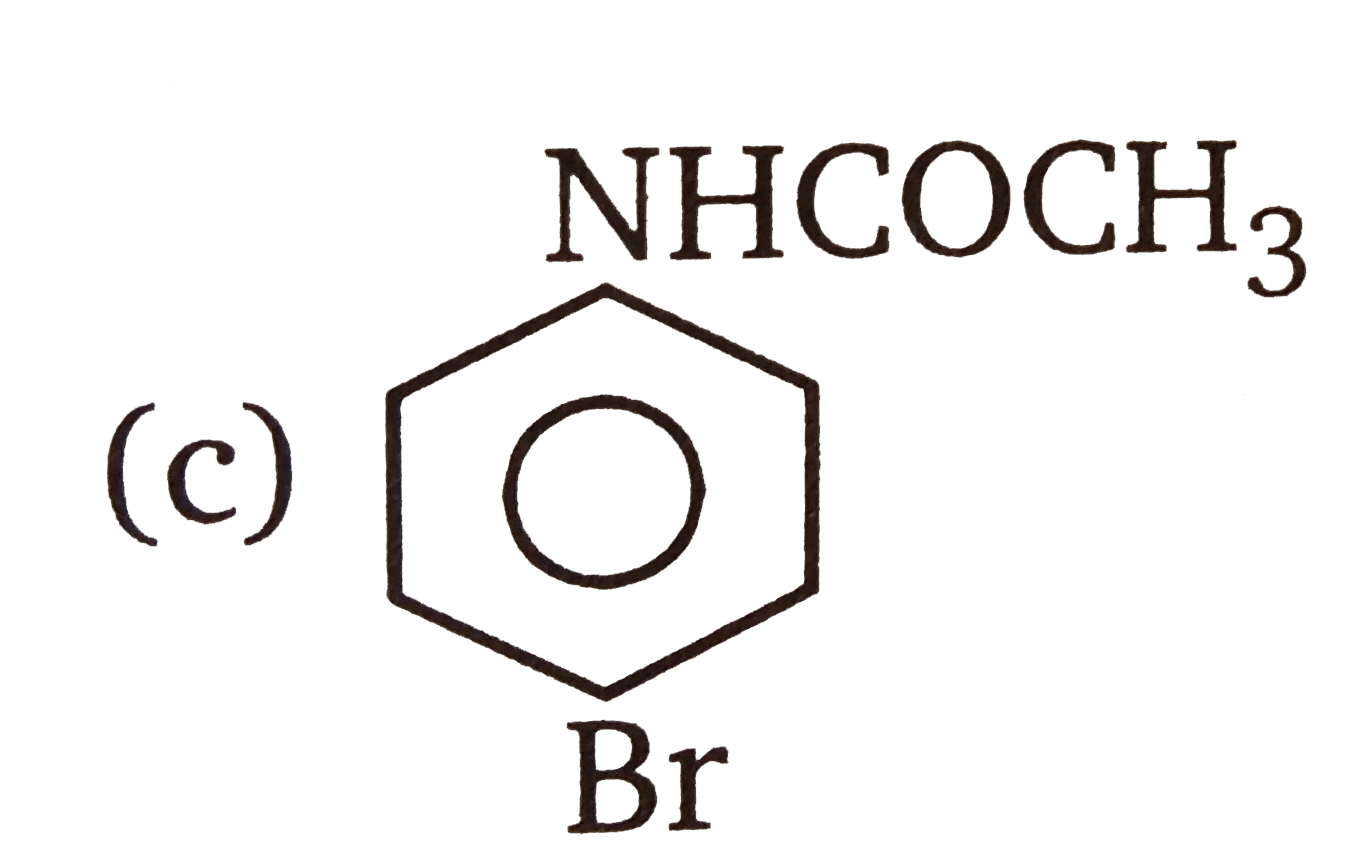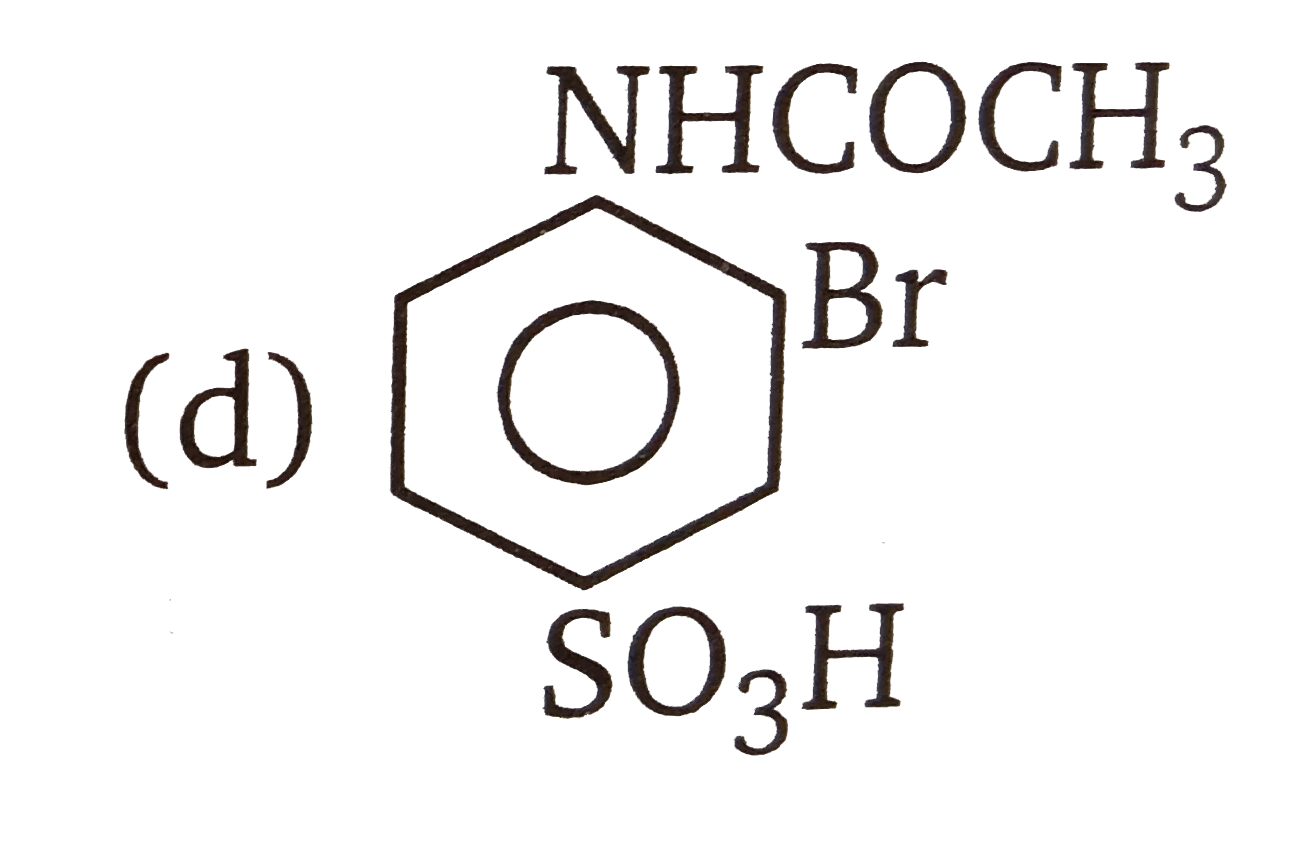The compounds 1,2,3,4 given below are allowed in undergo electrophilic substitution by bromonium ions assuming only monobromo substitution the substitutes products are A,B,C,D respectively.

The diamonds A is:



both (a) and (b)
Topper's Solved these Questions
Similar Questions
Arrange reactivity of given compounds in decreasing order for electrophilic substitution reaction
1. Furan
2. Pyrrole
3. Thiophene
View SolutionArenediazonium ion are weak electrophiles, they react with highly reactive aromatic compounds with phenols and tertiary aryl amines to yeild azo compounds. This electrophilic substitution is often called a diazo coupling reaction.
What is the major product of given reaction?

The product (P) is
View Solution
Knowledge Check
The compounds 1,2,3,4 given below are allowed in undergo electrophilic substitution by bromonium ions assuming only monobromo substitution the substitutes products are A,B,C,D respectively.

The compound D is:A B
B C
C D
D
The compounds 1,2,3,4 given below are allowed in undergo electrophilic substitution by bromonium ions assuming only monobromo substitution the substitutes products are A,B,C,D respectively.

The compound C is:A B
B C
C D
D
The compounds 1,2,3,4 given below are allowed in undergo electrophilic substitution by bromonium ions assuming only monobromo substitution the substitutes products are A,B,C,D respectively.

The compound B is :A B
B C
C Dboth (a) and (b)
Dboth (a) and (b)
Arrange reactivity of given compounds in decreasing order for electrophilic substitution reaction
1. Furan
2. Pyrrole
3. Thiophene
View SolutionBenzene is an unsaturated hydrocarbon but does not give additio reactions under normal conditions. It undergoes electrophilic substitution reactions mainly. In substituted derivatives of benzene, orientation of further substitution is decided by resonance effect, steric factor etc. On the basis of this , answer of following:
Q. In which of the following the given product is the major product
View SolutionCH2=CHCH3 undergoes free radical substitution using NBS. Product formed is
View SolutionStatement-1: Anisole undergoes electrophilic substitution at o- and p-positions.
Statement-2: Anisole is less reactive than phenol towards electrophilic substitution reactions.
View SolutionAssertion: Anisole undergoes eletctrophilic substitution at o−and p−positions.
Reason: Anisole is less reactive than phenol towards electrohphilic substitution reactions.
View Solution

